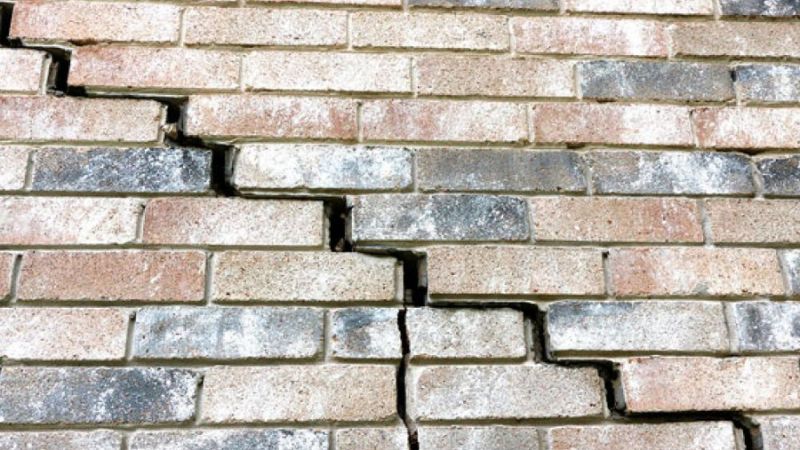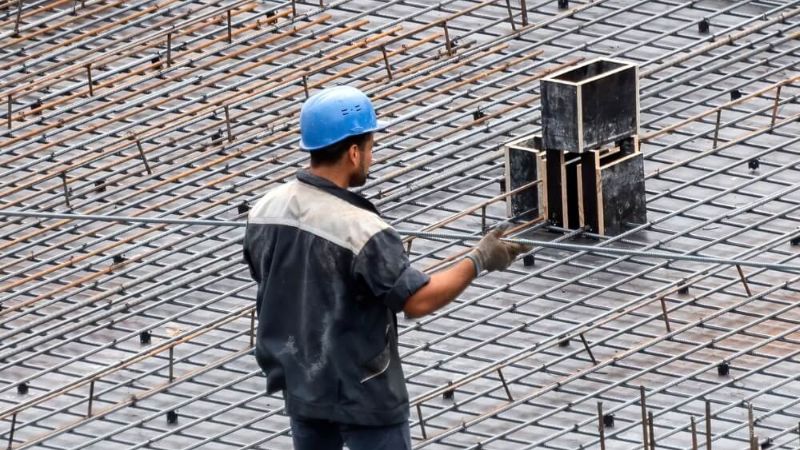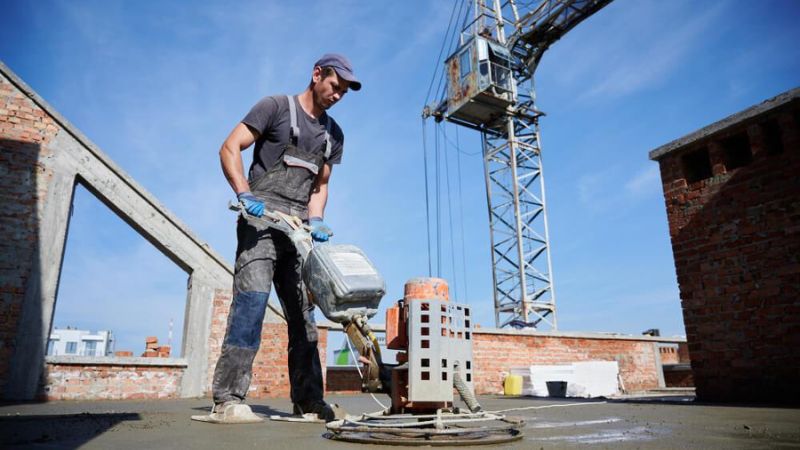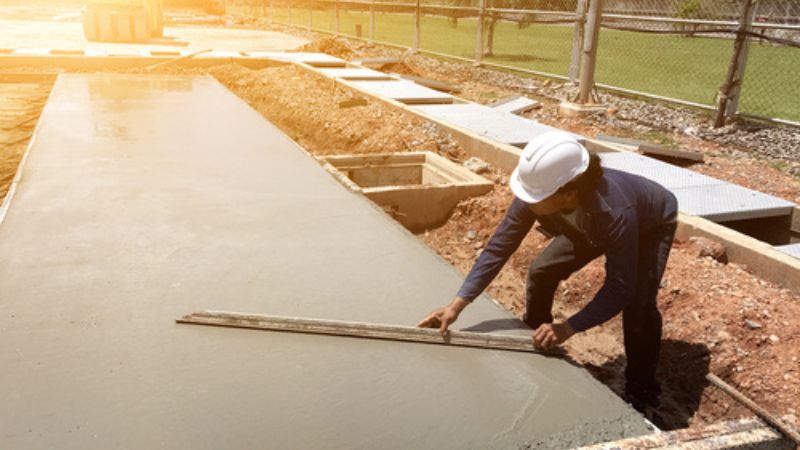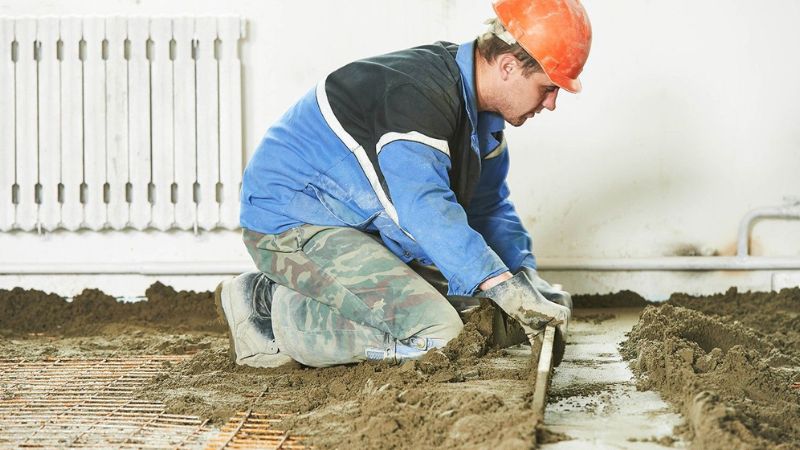A home’s foundation is more than just its base; it’s the bedrock upon which the entire structure rests, crucial for stability and longevity. Yet, many homeowners overlook the signs of foundation issues until they become serious and costly to repair. Understanding common foundation problems and their remedies is essential for preserving the integrity of any home.
From subtle cracks to noticeable shifts in structure, foundation problems can arise from various factors including soil conditions, water damage, and construction practices. These issues not only compromise the structural integrity but also pose risks to the safety and value of the property.
In this article, we explore seven of the most prevalent foundation problems encountered by homeowners. Each problem is examined in detail, discussing its causes, visible signs, and effective solutions recommended by experts in the field. By understanding these issues and learning how to address them proactively, homeowners can safeguard their investments and ensure their homes stand strong against the test of time and nature’s elements.
Common Foundation Problems and How to Fix Them
Cracks in Foundation Walls:
Cracks in foundation walls are a common issue that can develop due to settling of the foundation, shrinkage of concrete, or hydrostatic pressure from groundwater. Small, hairline cracks are typically superficial and can often be repaired with epoxy injections. This involves injecting a high-strength epoxy into the crack, which fills it and prevents water from entering. For larger cracks, especially those wider than a quarter-inch or showing signs of structural concern like movement or displacement, it’s crucial to consult a professional foundation repair contractor. They may recommend more extensive repairs such as underpinning or wall reinforcement to ensure the structural integrity of the foundation.
Also Read :8 Steps to Prepare for Basement Waterproofing
Uneven Floors:
Uneven floors, such as sloping or sagging areas, often indicate foundation settlement or soil movement beneath the foundation. This can be caused by poor soil compaction during construction, changes in moisture content in the soil, or inadequate foundation support. To address uneven floors, specialists may use techniques like slabjacking or piering. Slabjacking involves pumping a grout mixture under the slab to lift it back into place and provide support. Piering, on the other hand, involves installing steel piers deep into the ground to stabilize and lift the foundation. Both methods aim to restore the levelness of the floor and prevent further settling.
Foundation Settlement:
Foundation settlement occurs when the soil beneath the foundation compresses or shifts, causing the foundation to sink unevenly. Signs of foundation settlement include cracks in walls, doors or windows that stick or don’t close properly, and uneven floors. To address foundation settlement, contractors often use helical piers or push piers. Helical piers are screw-like piles driven deep into stable soil or bedrock to support and lift the foundation. Push piers are hydraulic-driven piers that are used to stabilize and lift the foundation to its original level. These solutions provide structural support and prevent further settlement.
Bowing or Leaning Walls:
Bowing or leaning walls are typically caused by soil pressure, poor drainage, or hydrostatic pressure from groundwater. This can lead to cracks in walls, tilting or leaning walls, and even structural instability if left untreated. To stabilize bowing or leaning walls, contractors may use wall anchors, braces, or carbon fiber reinforcement. Wall anchors are installed deep into the soil outside the foundation wall and inside the basement wall to counteract the pressure and straighten the wall over time. Carbon fiber reinforcement involves applying strong carbon fiber strips to the interior surface of the wall to provide additional strength and prevent further bowing or leaning.
Foundation Heaving:
Foundation heaving occurs when the soil expands, typically due to frost heave or expansive clay soil. This upward movement can cause significant damage to the foundation and structure above it. To address foundation heaving, it’s essential to manage moisture levels around the foundation and stabilize the soil. Solutions may include improving drainage around the foundation, installing proper grading to direct water away from the house, and using soil stabilization techniques. In severe cases, underpinning may be necessary to support the foundation and prevent further movement.
Also Read :9 Signs Your Home Needs Foundation Repair
Basement Wall Leaks:
Basement wall leaks are often caused by water pressure from outside the foundation, poor drainage, or cracks in the foundation walls. Water seepage can lead to mold, mildew, and structural damage over time. To waterproof basement walls, contractors may install exterior drainage systems, such as French drains or waterproof membranes, to divert water away from the foundation. Interior solutions include applying sealants or coatings to the basement walls to prevent moisture penetration. It’s crucial to address basement wall leaks promptly to avoid costly repairs and maintain a dry, healthy living environment.
Settlement Cracks in Concrete Slabs:
Settlement cracks in concrete slabs can occur due to soil movement, poor soil compaction, or improper construction techniques. These cracks are often seen in concrete driveways, sidewalks, or garage floors and can worsen over time if not repaired. To repair settlement cracks, contractors may use epoxy or polyurethane foam injections. These materials fill the cracks and prevent water from seeping in, which can further damage the concrete. Properly filling settlement cracks helps maintain the structural integrity of the concrete slab and prevents future issues.
Conclusion
Detecting and addressing foundation problems early can save homeowners significant costs and stress. Regular inspections, prompt repairs, and consulting with foundation experts are vital for maintaining a home’s structural integrity. By taking proactive measures, homeowners can ensure their foundations remain stable and secure, preserving the value and safety of their property for years to come.
FAQs
How can I tell if my home has foundation issues?
Look for signs like cracks in walls or floors, doors and windows that stick, or uneven floors. These can indicate settlement, shifting, or other foundation problems.
Can foundation cracks be repaired?
Yes, depending on the type and severity of the crack, repairs may involve epoxy or polyurethane injections, or more extensive solutions like underpinning.

